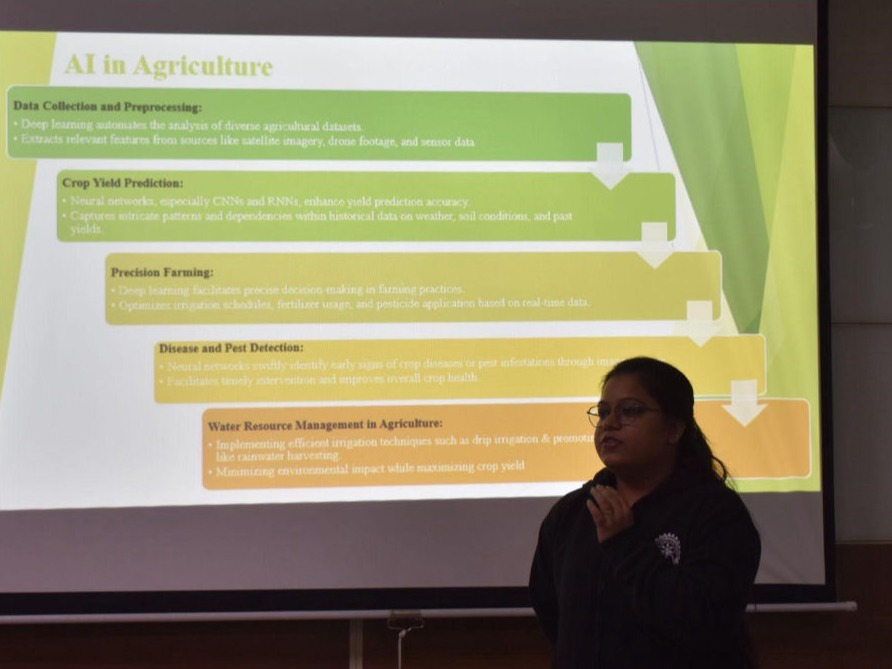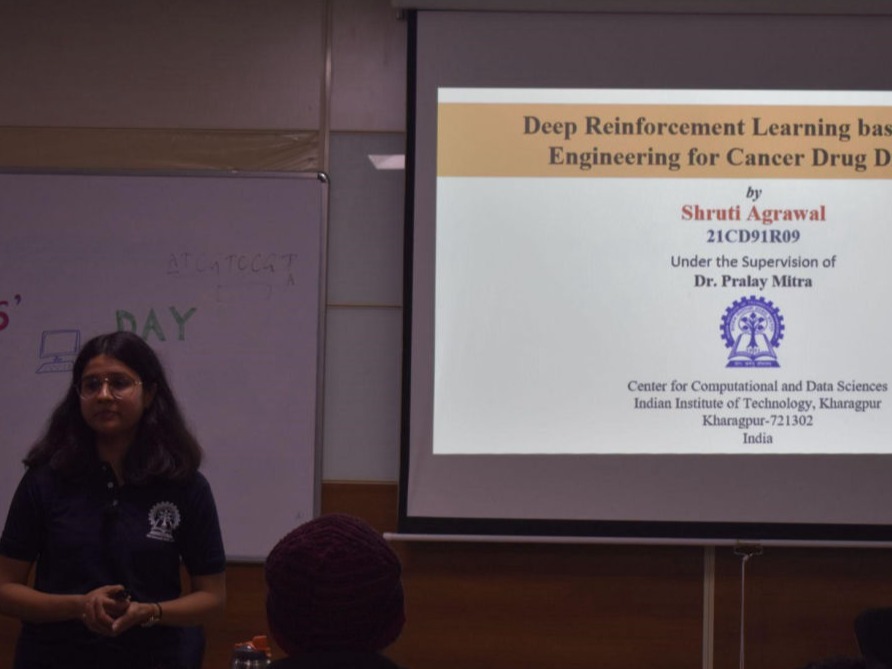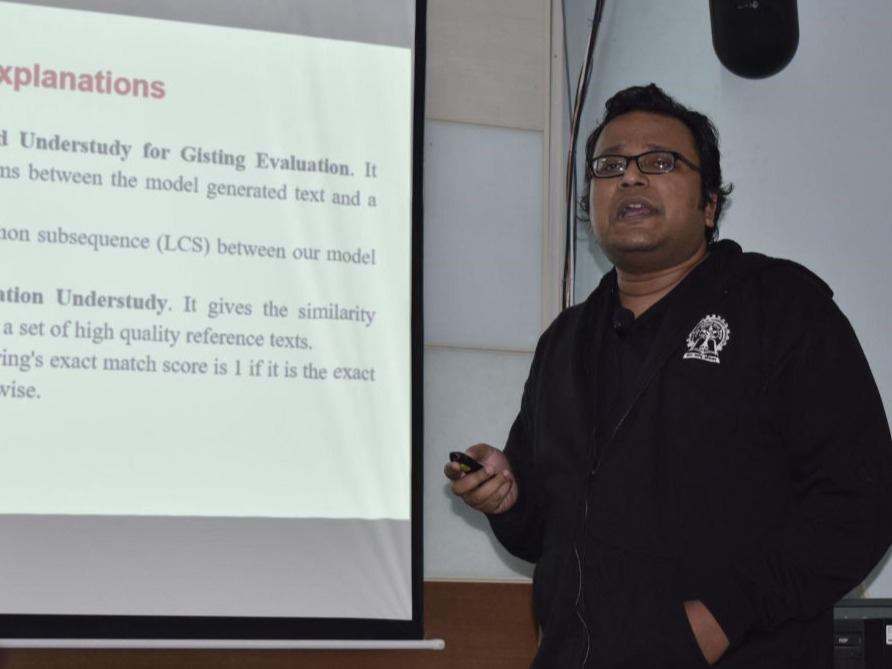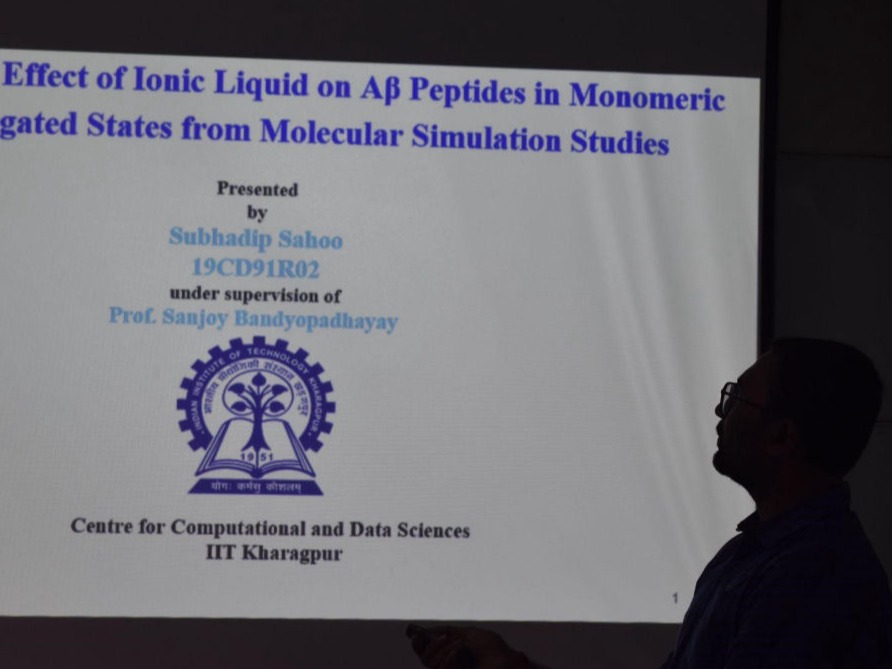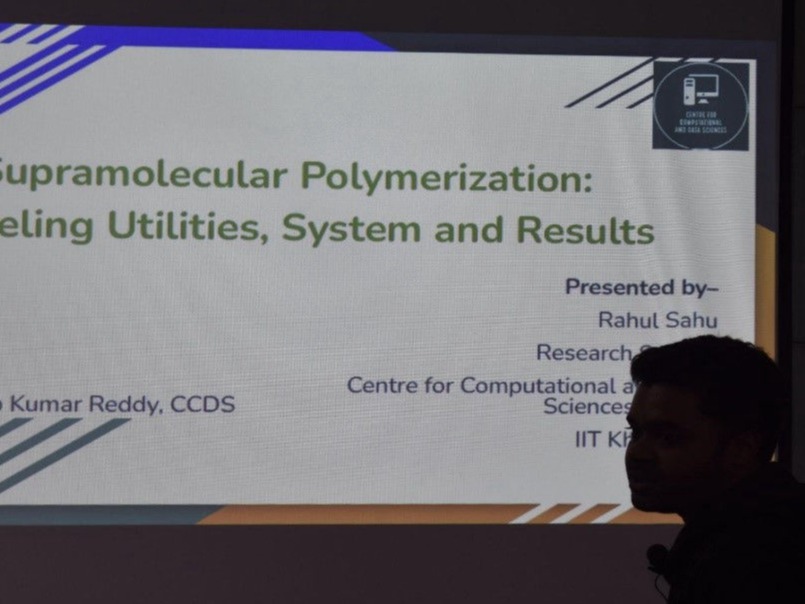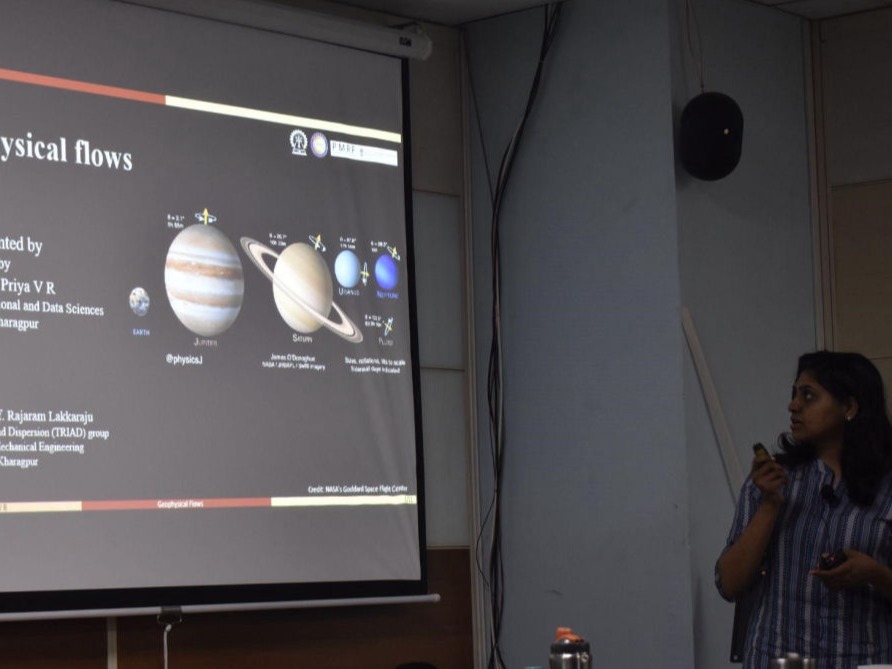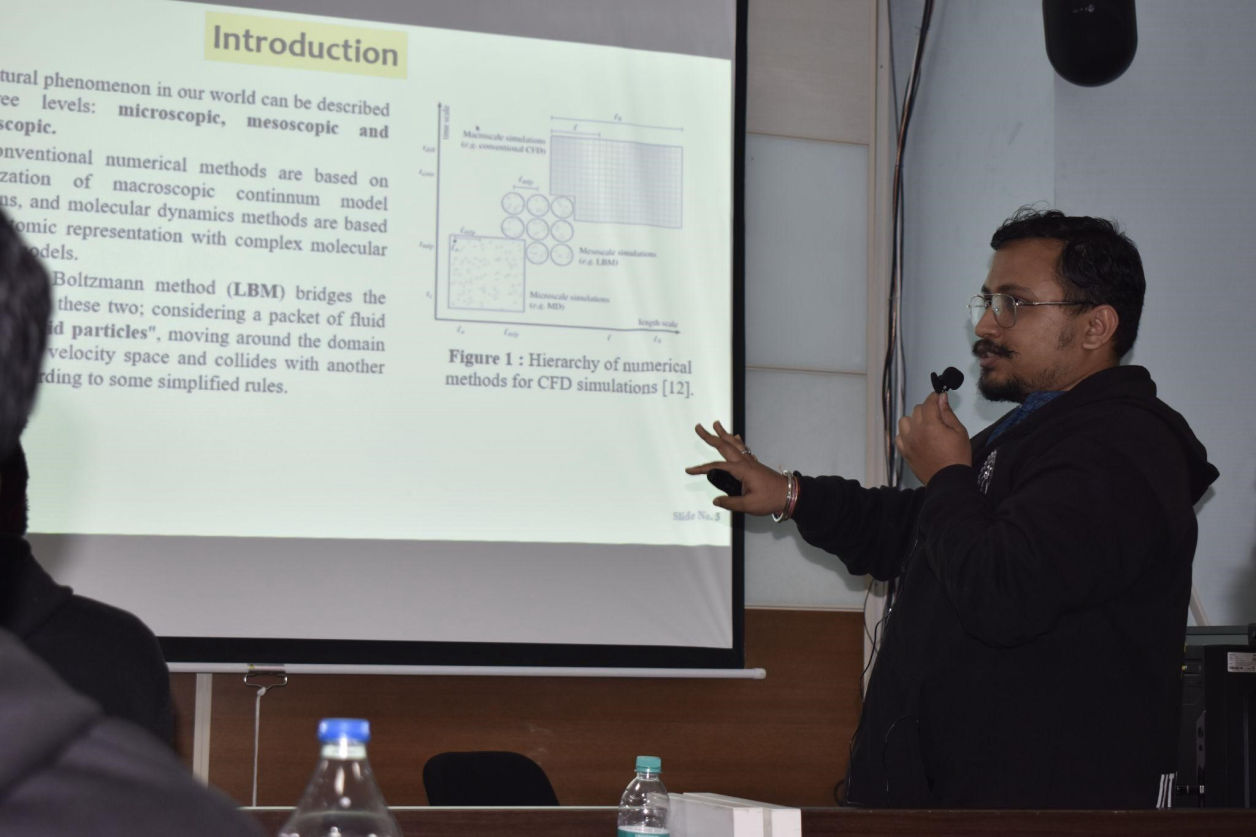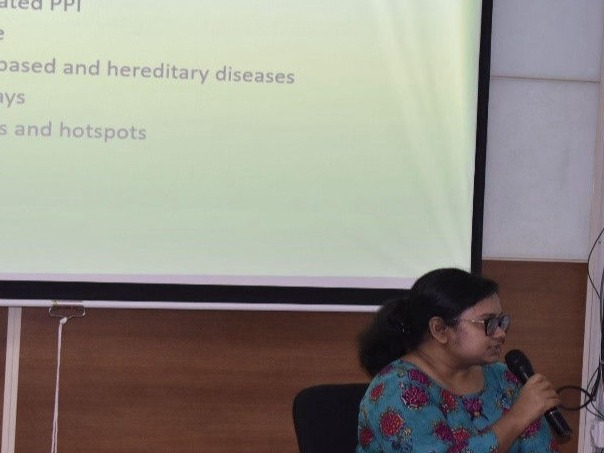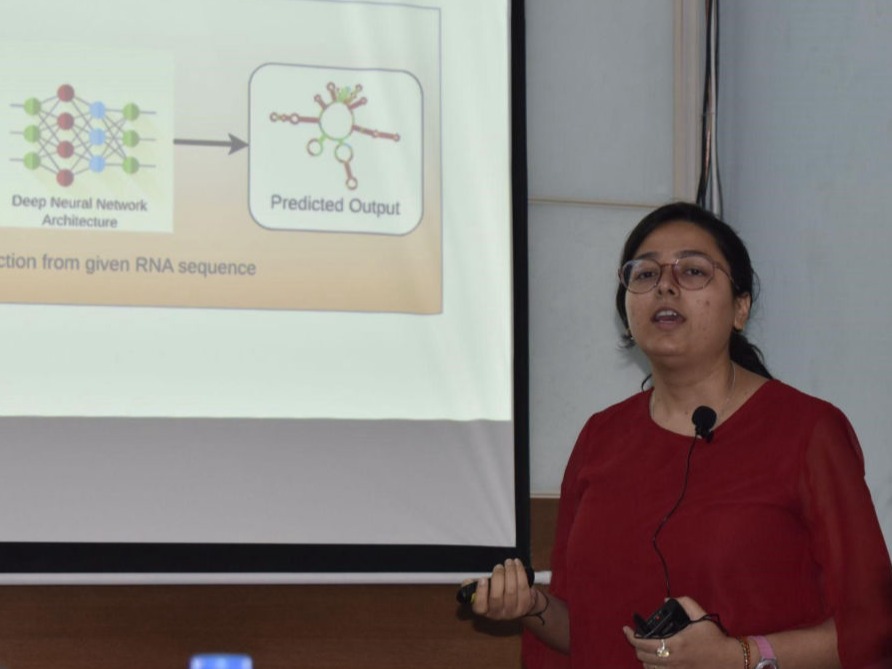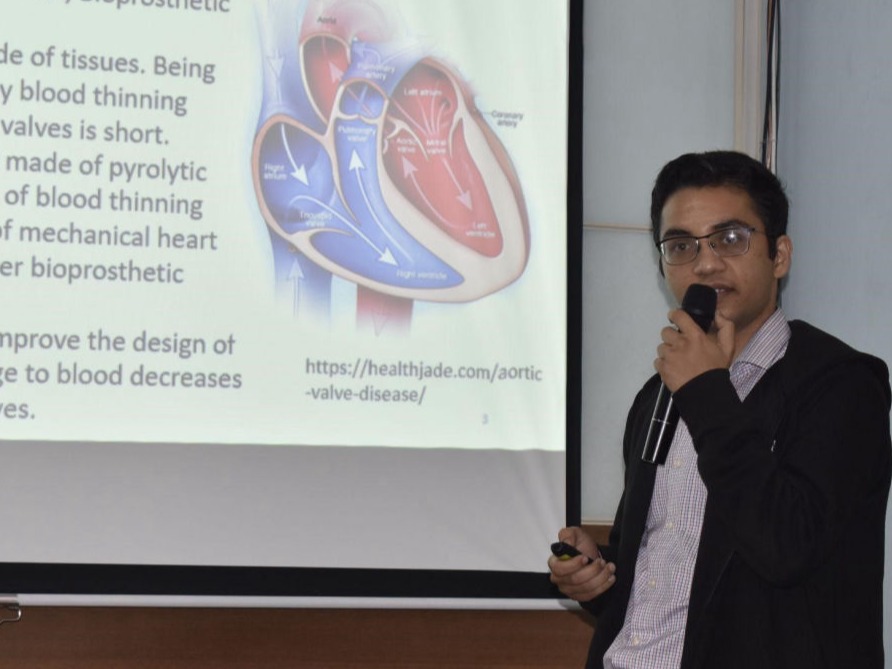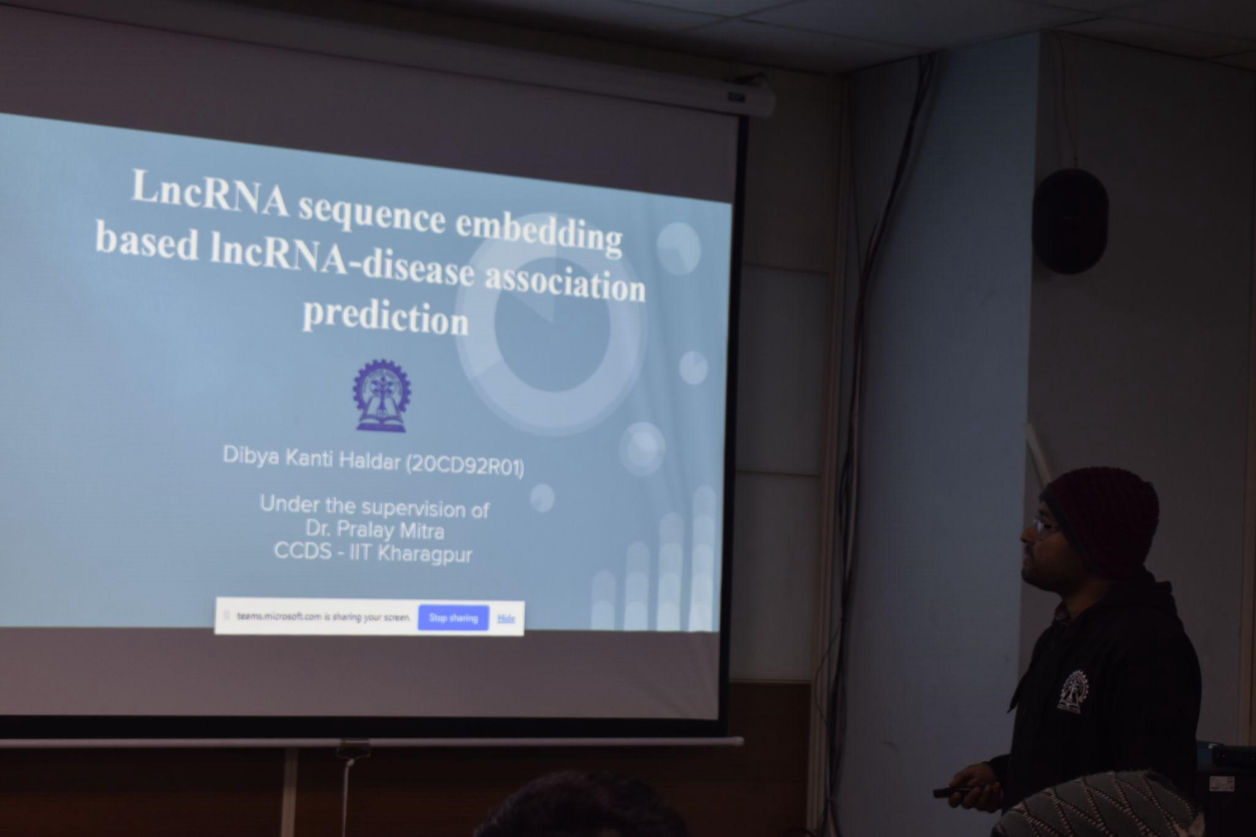This paper explores the intersection of MIR with Conversational Artificial Intelligence (CAI) in the realm of business document management. We delve into the methodologies, techniques, and challenges involved in harnessing multimodal data for enhanced information retrieval. Additionally, we discuss the integration of CAI technologies, such as chatbots and virtual assistants, to streamline document access and retrieval processes. Furthermore, we highlight the potential applications of MIR and CAI in diverse business domains, including customer service, knowledge management, and decision support systems. Through a comprehensive examination of these technologies and their synergistic capabilities, this paper aims to provide insights into the evolving landscape of information retrieval in the context of modern business environments. The system comprises NLP techniques that are essential for understanding and analyzing textual content within business documents and conversational exchanges. This includes tasks such as text parsing, sentiment analysis, entity recognition, and topic modeling; speech recognition technology enables the conversion of spoken language into text, allowing for the processing of conversational data. This technology is crucial for extracting information from voice-based interactions in CAI systems; ML and DL algorithms play a vital role in training models to recognize patterns and extract relevant information from both textual and audio data. Techniques such as neural networks, recurrent neural networks (RNNs), and transformers are commonly used for this purpose. Information retrieval systems may employ techniques such as keyword indexing, document clustering, and relevance ranking. Also, the knowledge graphs provide a structured representation of knowledge and relationships within a domain. They can be leveraged to enhance information retrieval by capturing semantic connections between entities mentioned in documents and conversations. Conversational AI platforms provide the infrastructure for building chatbots, virtual assistants, and other CAI systems. These platforms typically include tools for natural language understanding (NLU), dialogue management, and response generation. OCR technology enables the inclusion of non-textual documents, such as scanned contracts or invoices, in the information retrieval process. Technologies for integrating and fusing multimodal data streams are essential for combining information from textual documents and conversational interactions. Given the sensitivity of business documents and conversational data, technologies for ensuring data privacy and security are critical. This includes encryption, access control mechanisms, and compliance with data protection regulations. User-friendly interfaces are essential for enabling efficient interaction with MIR and CAI systems. UI/UX design tools help create intuitive interfaces that facilitate seamless information retrieval and enhance user satisfaction.
Speaker: Joy Mustafi
Supervisor: Prof. Pabitra Mitra (IIT Kharagpur), Prof. Sudeshna Sarkar (IIT Kharagpur)

